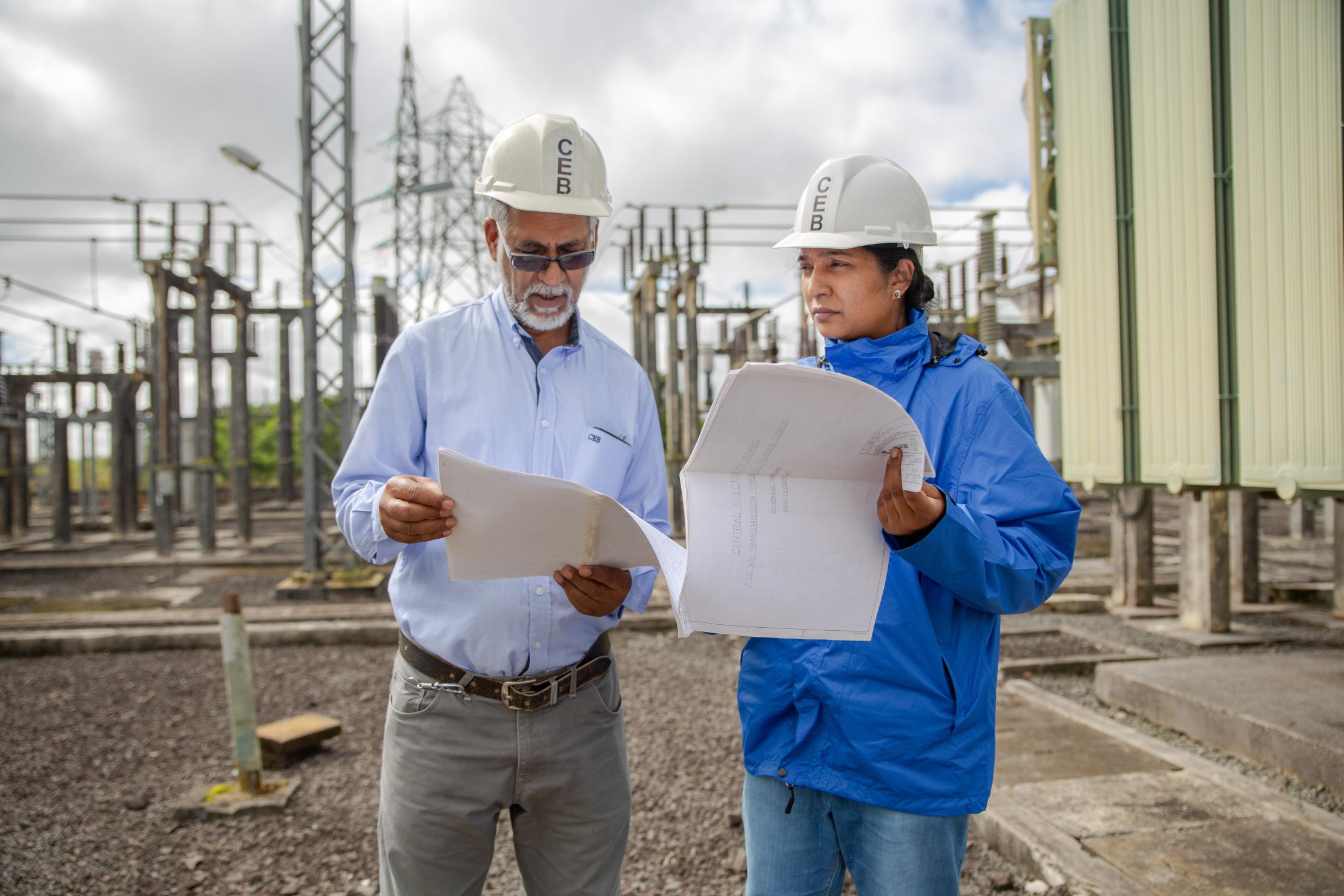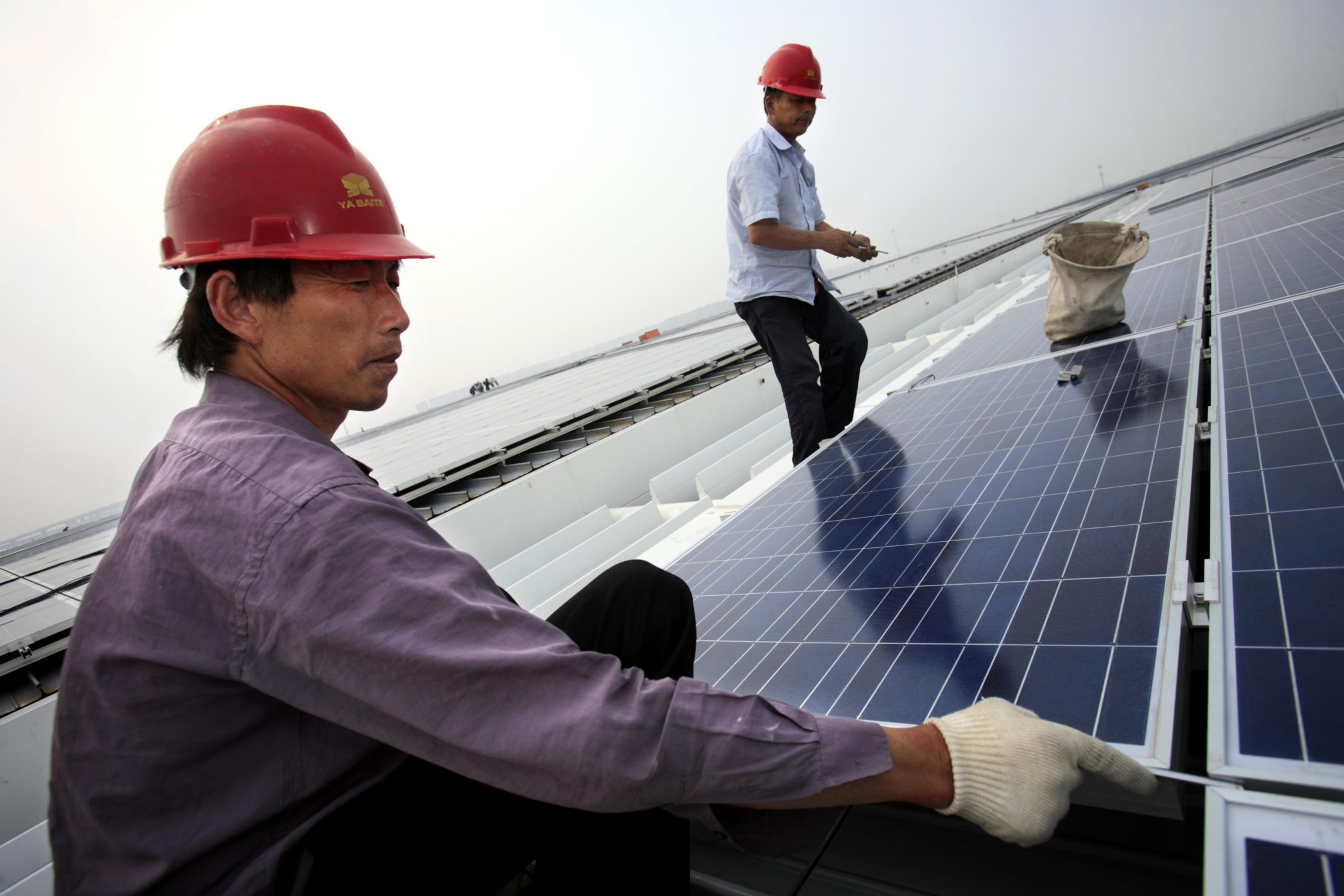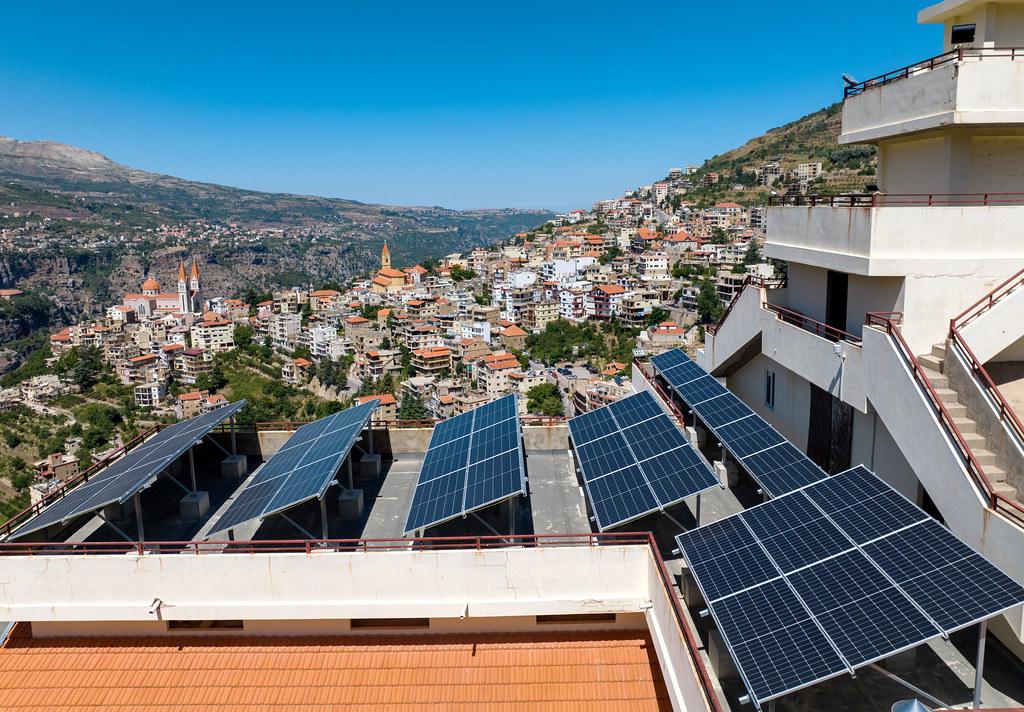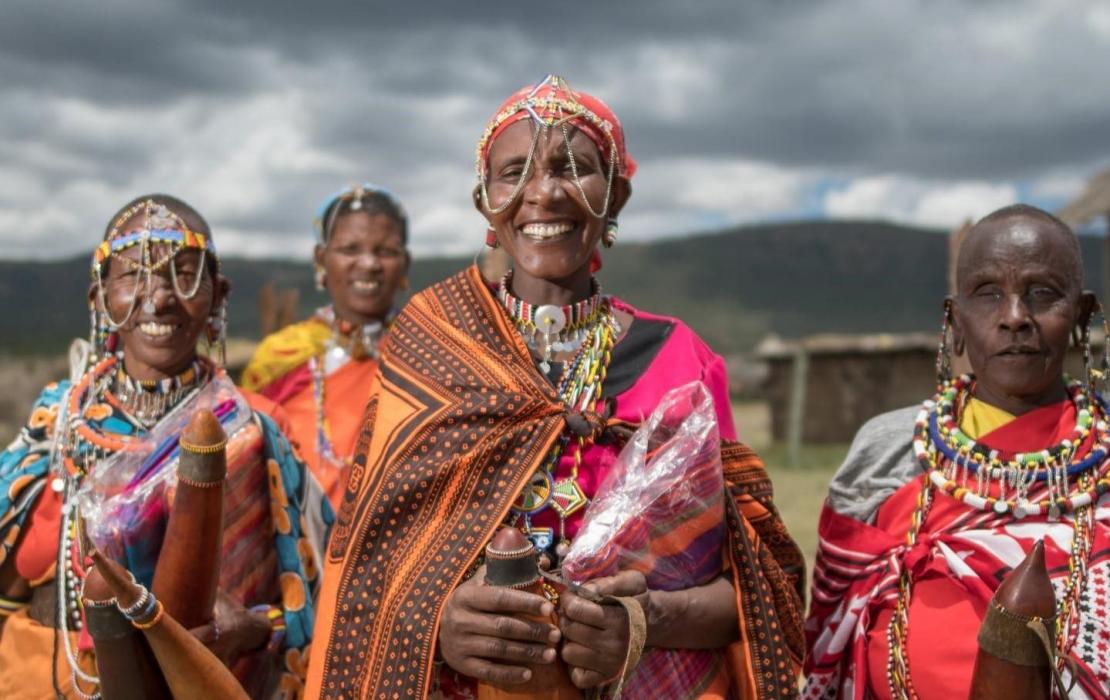
Photo credit: Stéphane Bellerose/UNDP in Mauritius and Seychelles
The era of global boiling has arrived. Taking immediate action to limit climate change and its impacts can no longer be postponed – we must do it better, faster and on a larger scale than ever. Transparency is key to ensuring that everyone is doing their part to keep global warming to well below 2°C compared to pre-industrial levels, while striving for 1.5°C, the critical goal of the Paris Agreement.
As part of their commitments under the Paris Agreement, countries are required to submit progress reports on how they’re implementing mitigation and adaptation measures, according to the targets set in their national climate pledges, known as Nationally Determined Contributions (NDC).
These progress reports, officially known as Biennial Transparency Reports (BTR), are due by December 2024. Many countries are currently working to intensify data collection and monitoring efforts to provide a clear update on where they stand. Having reliable, up-to-date data is a key component of transparent reporting and the basis for designing better policies and strategies to reduce emissions in all sectors and adapt our societies to the impacts of climate change.
Harnessing the support from UNDP and other partners, here are five countries that are becoming champions of transparency in the context of climate action.

Photo credit: UNDP Togo
Togo
Building robust climate data management
In Togo, seven out of ten rural households are living in poverty. Climate change adaptation and climate-resilient development are therefore key priorities for the country’s future.
As part of its updated NDC, Togo has pledged to cut GHG emissions by 20.51 percent, with aims to reach a 50.57 percent reduction if granted support from the international community. High quality data and transparent reporting will be key to meeting these targets and obtaining the necessary support from donors and partners.
Until recently, Togo lacked a formal governmental working group responsible for data collection on GHG emissions. Despite this, the West African nation worked to strengthen institutional arrangements for data collection and management and was able to set up a robust measurement, reporting and verification (MRV) system. Togo is also taking next steps to meet the transparency standards set by the Paris Agreement by operationalizing a tracking tool that can measure progress on its NDCs. Already their efforts yielded substantial results: the country has released two Biennial Update Reports (BUR) as well as two National Inventory Reports (NIR), becoming a trailblazer in establishing a robust data collection system among French-speaking countries in Africa.

Photo credit: Jiri Rezac
China
Strengthening national compliance with international transparency standards
When it comes to climate change, China is undoubtedly in a challenging position. As the second most populous country in the world with a fast-growing economy, China is second only to the United States when it comes to historical GHG emissions. The effort needed to decarbonize its economy is gigantic. At the same time, the country is highly vulnerable to natural hazards such as tropical cyclones and extreme heat. To help limit climate change, China must reduce its emissions fast and effectively.
As part of its NDC, China pledges to reach a peak in carbon dioxide emissions before 2030 and achieve carbon neutrality before 2060. The country set a target to reduce emissions per unit of GDP by at least 65 percent by 2030. To ensure that these targets are on track, transparent reporting on its emissions is critical.
Already China is taking concerted action to improve its compliance with transparency standards set by the Paris Agreement. The country’s compliance team established by the government is training relevant authorities and industry associations on how to measure and release high quality data and reporting on GHG emissions. The team also assessed the existing GHG inventory and carried out surveys and field research to better understand the level and intensity of emissions released by different sectors. The improvement of this data will be reflected in the upcoming BTR, since the Government of China is also committed to achieve an Enhanced Transparency Framework, in close collaboration with UNDP.
With these steps, China is on course to finalize setting up a strong MRV system that can accurately assess the country’s progress towards its mitigation targets.

Photo credit: Fouad Choufany/UNDP Lebanon
Lebanon
Strengthening institutions for transparent climate action
Over the last decade, Lebanon has been facing a series of economic, humanitarian and climate challenges that have led to large budget deficits and made life more expensive for its citizens. Despite these challenges, Lebanon has championed transparent climate action by setting a robust institutional framework and adopting data-driven reporting. The country’s revised NDC, submitted in March 2021, pledged a conditional emissions reduction target of 31 percent by 2030 compared to business-as-usual projections. Lebanon’s mitigation objectives place high importance on renewable energy sources, while its adaptation strategy focuses on inclusive and society-wide actions, to make sure that climate action benefits everyone.
Adopting such ambitious targets was not a smooth process. A comprehensive institutional framework that revolves around data collection, sharing and archiving laid the foundation for the country’s transparent climate action. The process also included extensive political and fiscal reforms, which spurred the overhaul of the energy and transportation sectors, emphasizing energy efficiency and sustainable practices. Finally, Lebanon is also putting innovation at the heart of its climate action, exploring ways of ensuring foreign investment contributes to its climate goals.
Photo credit: UNDP Serbia
Serbia
Developing a gender-responsive monitoring framework
The climate crisis, just like nearly every other humanitarian and development challenge, has a greater impact on women. And while women’s voices, knowledge and skills are extremely needed to address climate change, they are often left out of decision-making roles due to systemic gender-based discrimination.
To address some of these challenges, Serbia has started integrating gender dimensions in its climate change transparency framework and collecting data and evidence on the different ways men and women experience and respond to the impacts of climate change. The gender-responsive monitoring framework covers seven key areas, such as access to resources, ability to participate in climate-related decision-making, livelihoods and consumption, education and health. It also establishes key indicators, data sources and guidelines to ensure that high quality, gender-disaggregated data is available. The framework will be crucial in informing Serbia’s climate plans under the Paris Agreement and in preparing national reports to track progress on climate action that responds to gender inequality challenges.

Photo credit: UNDP Ecuador/PROAmazonía
Ecuador
Vulnerability and climate risk analysis to inform and monitor adaptation measures
Ecuador is highly vulnerable to climate impacts. These include the intensification of extreme weather events (e.g. the El Niño-Southern Oscillation, floods and prolonged droughts), sea level rise, accelerated retreat of glaciers and higher risk of tropical diseases.
The country conducted six sectoral vulnerability and climate risk studies that addressed natural heritage, water heritage, food sovereignty, health, productive and strategic sectors, and human settlements. These studies shed light on the impacts of climate change and the risks they pose for the country’s economic, social and environmental systems. They also helped inform the country’s National Adaptation Plan (NAP) and a comprehensive monitoring and evaluation framework for measuring progress on adaptation actions. The framework contributes to the National Climate Adaptation Information System (SPRACC) and the National Climate Change Registry (RNCC). These studies and systems are key to fostering transparency and accountability under the Paris Agreements.
Looking ahead
These five transparency champions are proving that transparency is key to successful climate action. Having robust MRV systems, sound institutional frameworks to collect and use gender-disaggregated data and strong government capacity to undertake these efforts is critical to ensuring progress on mitigation and adaptation. Even more importantly, transparency fosters trust and confidence that everyone is working towards a common goal, a critical element in addressing global challenges such as climate change.
Even though most other countries are working towards establishing systems to strengthen transparency, more remains to be done. As some countries advance faster and further than others, building capacities and sharing experiences is more important than ever. At the same time, political leadership and ownership will be key to advancing transparency efforts to the next level. The efforts taken by these transparency champions are powerful examples of that push forward.
Editor's Note: If you found this piece useful, check out our explainer on why transparency matters for climate action.

